Home>Home Appliances>Kitchen Appliances>How To Dehydrate Corn Without A Dehydrator
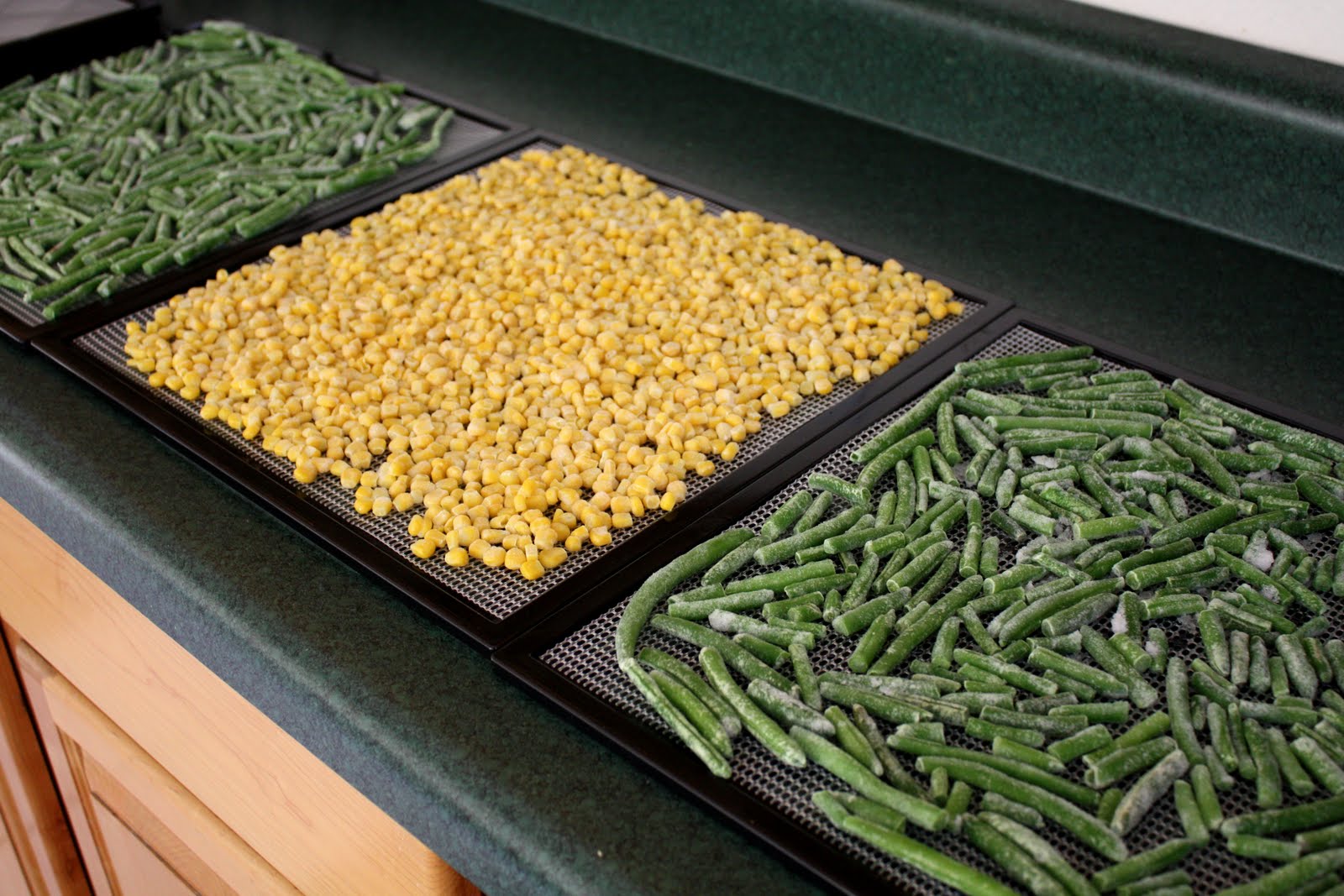

Kitchen Appliances
How To Dehydrate Corn Without A Dehydrator
Modified: August 27, 2024
Learn how to dehydrate corn without a dehydrator using common kitchen appliances. Save time and money with this easy food preservation method.
(Many of the links in this article redirect to a specific reviewed product. Your purchase of these products through affiliate links helps to generate commission for Storables.com, at no extra cost. Learn more)
Introduction
Dehydrating corn is a fantastic way to preserve this beloved summer vegetable for year-round enjoyment. Whether you have a bountiful harvest from your garden or simply couldn't resist the amazing deals at your local farmer's market, dehydrating corn allows you to savor its sweet, golden goodness long after the harvest season has passed. While a food dehydrator is the most convenient tool for this task, not everyone has one readily available. However, fear not! There are alternative methods for dehydrating corn without a dehydrator, and I'm here to guide you through them.
In this comprehensive guide, we'll explore the various methods for dehydrating corn without a dehydrator, providing you with the knowledge and confidence to embark on this culinary adventure. From preparing the corn for dehydration to storing the dehydrated kernels, we'll cover each step with precision and clarity. Furthermore, I'll share creative ways to use dehydrated corn in your culinary endeavors, ensuring that no kernel goes to waste.
So, whether you're a seasoned home cook or a curious kitchen enthusiast, join me as we delve into the art of dehydrating corn without a dehydrator. Get ready to unlock the full potential of this vibrant vegetable and elevate your culinary prowess to new heights!
Key Takeaways:
- Preserve the sweetness of summer corn year-round by dehydrating it in the oven or under the sun. Enjoy space-efficient storage, enhanced nutrition, and versatile culinary uses without the need for a dehydrator.
- Prepare, dehydrate, and store corn without a dehydrator using simple methods. Rehydrate for soups, add to casseroles, salads, and baked goods, or enjoy as a portable snack for on-the-go adventures.
Read more: How To Dehydrate Milk Without A Dehydrator
Benefits of Dehydrating Corn
Dehydrating corn offers a multitude of benefits that extend beyond mere preservation. By removing the moisture from fresh corn, you not only prolong its shelf life but also enhance its versatility and convenience in the kitchen. Let’s explore the numerous advantages of dehydrating this beloved summer staple:
- Year-Round Availability: Dehydrating corn allows you to enjoy its delightful flavor and nutritional benefits throughout the year, regardless of the seasonal availability.
- Space-Efficient Storage: Dehydrated corn occupies significantly less space than fresh or frozen corn, making it an ideal option for those with limited storage capacity.
- Enhanced Nutritional Value: Dehydrating corn helps retain its essential nutrients, including fiber, vitamins, and minerals, ensuring that you can enjoy its health benefits long after the harvest season.
- Convenient Ingredient: Dehydrated corn serves as a convenient ingredient for various culinary creations, from soups and stews to casseroles and baked goods, adding a touch of sweetness and texture to your dishes.
- On-the-Go Snack: Dehydrated corn makes for a delicious and portable snack, perfect for hiking, camping, or any on-the-go adventures.
- Reduction of Food Waste: By dehydrating excess corn, you can minimize food waste and make the most of your harvest or grocery purchases, contributing to a more sustainable kitchen practice.
These benefits underscore the value of dehydrating corn as a practical and rewarding culinary endeavor. By harnessing the power of dehydration, you can elevate your cooking experience and embrace the abundance of corn in a whole new light.
Methods for Dehydrating Corn Without a Dehydrator
While a dedicated food dehydrator is the most efficient tool for dehydrating corn, several alternative methods can achieve equally satisfying results. Whether you’re looking to preserve the bounty of your garden harvest or take advantage of seasonal corn sales, these methods offer accessible and effective ways to dehydrate corn without a dehydrator:
- Oven Dehydration: Utilizing your oven to dehydrate corn is a convenient and reliable method. By spreading the corn kernels on a baking sheet and using low heat, you can effectively remove the moisture, resulting in perfectly dehydrated corn.
- Sun Dehydration: Harnessing the natural power of the sun is another traditional method for dehydrating corn. By laying out the corn kernels on a clean, dry surface in direct sunlight, you can gradually dry them to the desired level of dehydration.
Each of these methods offers its own unique advantages and can be tailored to suit your available resources and preferences. By exploring these approaches, you can embark on a fulfilling journey of preserving and maximizing the potential of fresh corn without the need for specialized equipment.
Now that we’ve outlined the methods for dehydrating corn without a dehydrator, let’s delve into the essential steps for preparing corn for dehydration, ensuring that you’re fully equipped to embark on this culinary endeavor.
Preparing Corn for Dehydration
Before diving into the dehydrating process, it’s crucial to properly prepare the corn to ensure optimal results. Whether you’re working with freshly harvested corn or store-bought cobs, the following steps will guide you through the essential preparation process:
- Selecting Fresh Corn: Choose fresh, high-quality corn with plump, juicy kernels. Opt for corn that is at the peak of ripeness to capture its vibrant flavor and nutritional value.
- Shucking and Cleaning: Remove the husks and silk from the corn cobs, ensuring that the kernels are clean and free from any debris or silk strands.
- Blanching the Corn: To preserve the color, texture, and nutrients of the corn, blanch the kernels in boiling water for a brief period, followed by an immediate plunge into ice water to halt the cooking process.
- Removing Excess Moisture: After blanching, thoroughly drain the corn and pat it dry with a clean kitchen towel or paper towels to remove any excess moisture.
- Cutting the Kernels: Using a sharp knife, carefully cut the kernels from the cobs, ensuring that they are separated and ready for the dehydration process.
By meticulously following these preparatory steps, you can set the stage for successful dehydration and preserve the natural goodness of the corn. With the corn prepared and ready for dehydration, you’re now poised to explore the next crucial steps for dehydrating corn without a dehydrator.
Spread the corn kernels on a baking sheet and place in a preheated oven at 200°F. Stir occasionally and remove when the corn is dry and shriveled, usually after 6-8 hours.
Dehydrating Corn in the Oven
Dehydrating corn in the oven is a straightforward and effective method that yields excellent results. By harnessing the gentle heat of the oven, you can efficiently remove the moisture from the corn kernels, preserving their flavor and nutritional value. Follow these simple steps to dehydrate corn in the oven:
- Preheat the Oven: Begin by preheating your oven to a low temperature, typically around 130-150°F (54-65°C). This gentle heat will gradually dehydrate the corn without cooking it.
- Spread the Corn: Arrange the prepared corn kernels in a single layer on a baking sheet lined with parchment paper or a silicone baking mat. Ensure that the kernels are evenly spaced to promote uniform dehydration.
- Monitor the Dehydration: Place the baking sheet in the preheated oven and allow the corn kernels to dehydrate slowly. Keep a close eye on the progress, as dehydration times can vary based on factors such as kernel size and oven temperature.
- Rotate and Stir: Periodically rotate the baking sheet and gently stir the corn kernels to promote even dehydration. This will help prevent any clumping or uneven drying.
- Check for Dryness: After several hours, begin checking the corn kernels for dryness. They should be firm, dry to the touch, and free from any moisture. Depending on the oven temperature and kernel size, dehydration may take 6-12 hours or longer.
- Cooling and Testing: Once the corn kernels are adequately dehydrated, remove them from the oven and allow them to cool completely. Test a few kernels to ensure that they are thoroughly dehydrated before proceeding to the storage phase.
By following these steps, you can successfully dehydrate corn in the oven, resulting in a bounty of preserved kernels ready to enhance your culinary creations. With the corn dehydrated to perfection, it’s time to explore an alternative method for dehydrating corn without a dehydrator: sun dehydration.
Read more: How To Dehydrate Eggs Without A Dehydrator
Dehydrating Corn in the Sun
Dehydrating corn in the sun is a traditional and time-honored method that harnesses the natural power of sunlight to gently dry the kernels. This method is ideal for those seeking an alternative to oven dehydration and can be particularly advantageous in regions with ample sunshine. Follow these steps to dehydrate corn using the sun:
- Prepare a Drying Surface: Select a clean, dry surface for sun drying, such as a large baking sheet or tray. Ensure that the surface is free from any contaminants and provides ample exposure to direct sunlight.
- Spread the Corn: Evenly spread the prepared corn kernels in a single layer on the drying surface. Arrange the kernels to allow for maximum exposure to sunlight, promoting efficient dehydration.
- Protect from Pests: To prevent insects or birds from accessing the corn kernels, cover the drying surface with a fine mesh or cheesecloth, securing it in place to create a protective barrier while still allowing air circulation.
- Rotate for Even Drying: Throughout the day, periodically rotate the drying surface to ensure that the corn kernels receive uniform sunlight exposure. This will promote consistent dehydration and prevent any potential moisture retention.
- Monitor Weather Conditions: Keep a close eye on weather conditions, ensuring that the corn kernels are not exposed to moisture or high humidity, which can impede the dehydration process. If rain or excessive humidity is forecasted, consider moving the drying surface to a sheltered area or indoors.
- Check for Dryness: After a day of sun exposure, test a few corn kernels for dryness. They should be firm, dry to the touch, and free from any moisture. Depending on sunlight intensity and ambient temperature, dehydration may take 1-3 days.
- Cooling and Storage: Once the corn kernels are thoroughly dehydrated, allow them to cool completely before transferring them to airtight containers for storage. Ensure that the containers are kept in a cool, dry place away from direct sunlight.
By following these steps, you can successfully dehydrate corn using the power of the sun, resulting in a bountiful supply of preserved kernels ready to enrich your culinary endeavors. With the corn dehydrated to perfection, it’s essential to explore the next phase: storing the dehydrated corn for long-term use.
Storing Dehydrated Corn
Proper storage is essential to maintain the quality and longevity of dehydrated corn, preserving its flavor and nutritional benefits for extended periods. Whether you’ve dehydrated corn in the oven or using the sun-drying method, the following guidelines will ensure that your dehydrated kernels remain fresh and ready for future culinary endeavors:
- Cooling Prior to Storage: Allow the dehydrated corn kernels to cool completely before proceeding with the storage process. This will prevent condensation from forming inside the storage containers, preserving the dryness of the kernels.
- Airtight Containers: Transfer the cooled corn kernels to clean, airtight containers such as glass jars, food-grade plastic containers, or vacuum-sealed bags. Ensure that the containers are completely dry before adding the dehydrated corn to prevent moisture absorption.
- Labeling and Dating: Clearly label each storage container with the date of dehydration and the contents to facilitate organization and tracking of freshness. Proper labeling allows you to prioritize the use of older batches and maintain a rotation system.
- Storage Conditions: Store the containers of dehydrated corn in a cool, dark, and dry environment, away from direct sunlight and heat sources. Consistent temperature and humidity levels will help preserve the quality of the dehydrated kernels.
- Absorbent Packs: Consider adding desiccant packs or oxygen absorbers to the storage containers to further reduce moisture and prevent the onset of spoilage. These packs are particularly beneficial in humid climates or when storing dehydrated corn for extended periods.
- Regular Inspection: Periodically inspect the stored dehydrated corn for any signs of moisture, off odors, or discoloration. If any of these indicators are present, promptly discard the affected kernels to prevent spoilage from spreading to the entire batch.
By adhering to these storage practices, you can safeguard the quality and shelf life of your dehydrated corn, ensuring that it remains a valuable ingredient in your culinary repertoire. With the corn securely stored, it’s time to explore the exciting ways to incorporate dehydrated corn into a variety of dishes and recipes.
Using Dehydrated Corn
Dehydrated corn offers a versatile and convenient ingredient that can elevate a wide array of dishes, adding a delightful touch of sweetness and texture to your culinary creations. Whether you’re preparing savory soups, flavorful casseroles, or delectable baked goods, the following are creative and inspiring ways to incorporate dehydrated corn into your recipes:
- Hearty Soups and Stews: Rehydrate the dehydrated corn by soaking it in hot water or broth before adding it to hearty soups and stews. The rehydrated kernels impart a burst of sweet corn flavor and a satisfying bite to the dish.
- Flavorful Casseroles: Incorporate dehydrated corn directly into casseroles, such as creamy corn pudding or comforting corn and cheese casserole. The dehydrated kernels seamlessly blend with other ingredients, infusing the dish with a pop of corn sweetness.
- Bountiful Salads: Rehydrate the corn and add it to vibrant salads for a burst of color and flavor. Whether tossed in a garden salad or mixed into a zesty corn and black bean salad, the rehydrated kernels contribute a delightful crunch and natural sweetness.
- Baking Adventures: Fold rehydrated corn into cornbread batter or savory muffin mix to create irresistible baked goods. The rehydrated kernels lend a pleasant chewiness and a hint of natural sweetness to your baked treats.
- Flavorful Pilafs and Grain Dishes: Mix rehydrated corn into pilafs, rice dishes, or quinoa salads to add a touch of sweetness and a satisfying texture. The rehydrated kernels complement the grains, enhancing the overall depth of flavor.
- Portable Snacks and Trail Mixes: Incorporate dehydrated corn into homemade trail mixes or snack blends for a convenient and flavorful on-the-go treat. The dehydrated kernels provide a wholesome and satisfying snack option for hikes, road trips, or midday cravings.
By embracing these creative uses for dehydrated corn, you can infuse your dishes with the delightful essence of sweet corn while exploring new dimensions of flavor and texture. Whether rehydrated or used directly in recipes, dehydrated corn serves as a valuable pantry staple, ready to enhance your culinary adventures with its natural goodness.
With a newfound appreciation for the versatility of dehydrated corn, you’re well-equipped to embark on a journey of culinary exploration, making the most of this beloved summer vegetable throughout the year.
Frequently Asked Questions about How To Dehydrate Corn Without A Dehydrator
Was this page helpful?
At Storables.com, we guarantee accurate and reliable information. Our content, validated by Expert Board Contributors, is crafted following stringent Editorial Policies. We're committed to providing you with well-researched, expert-backed insights for all your informational needs.
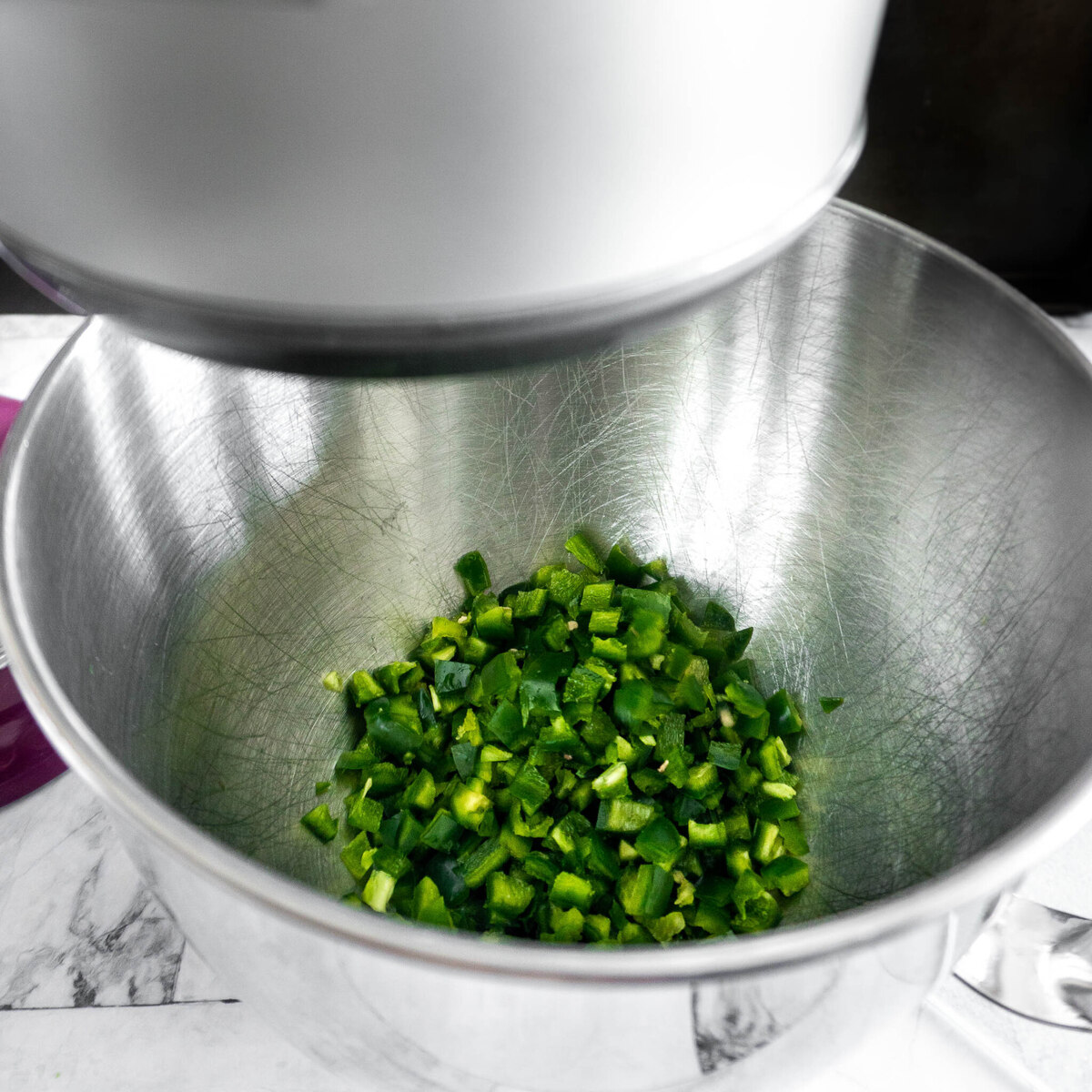
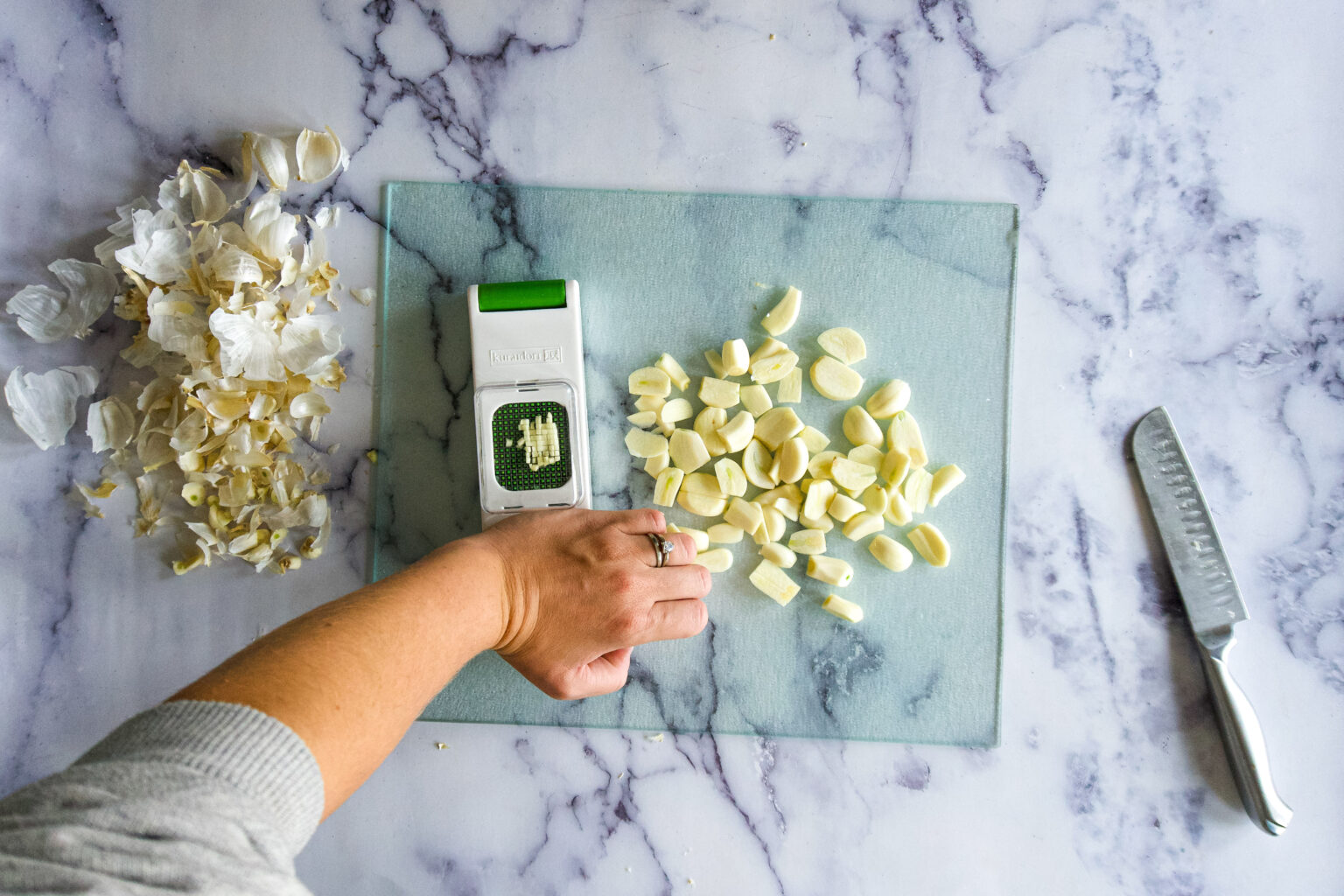
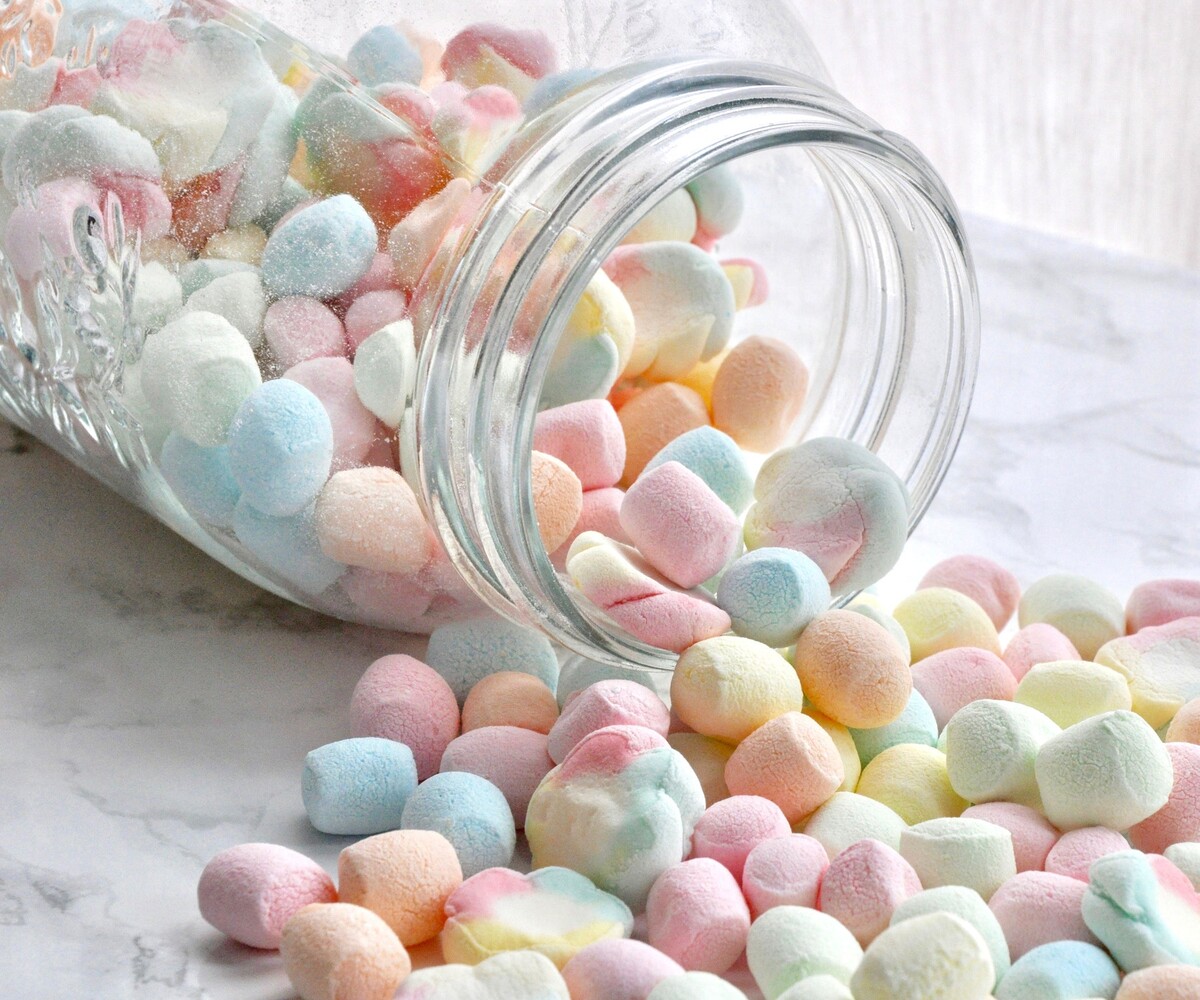
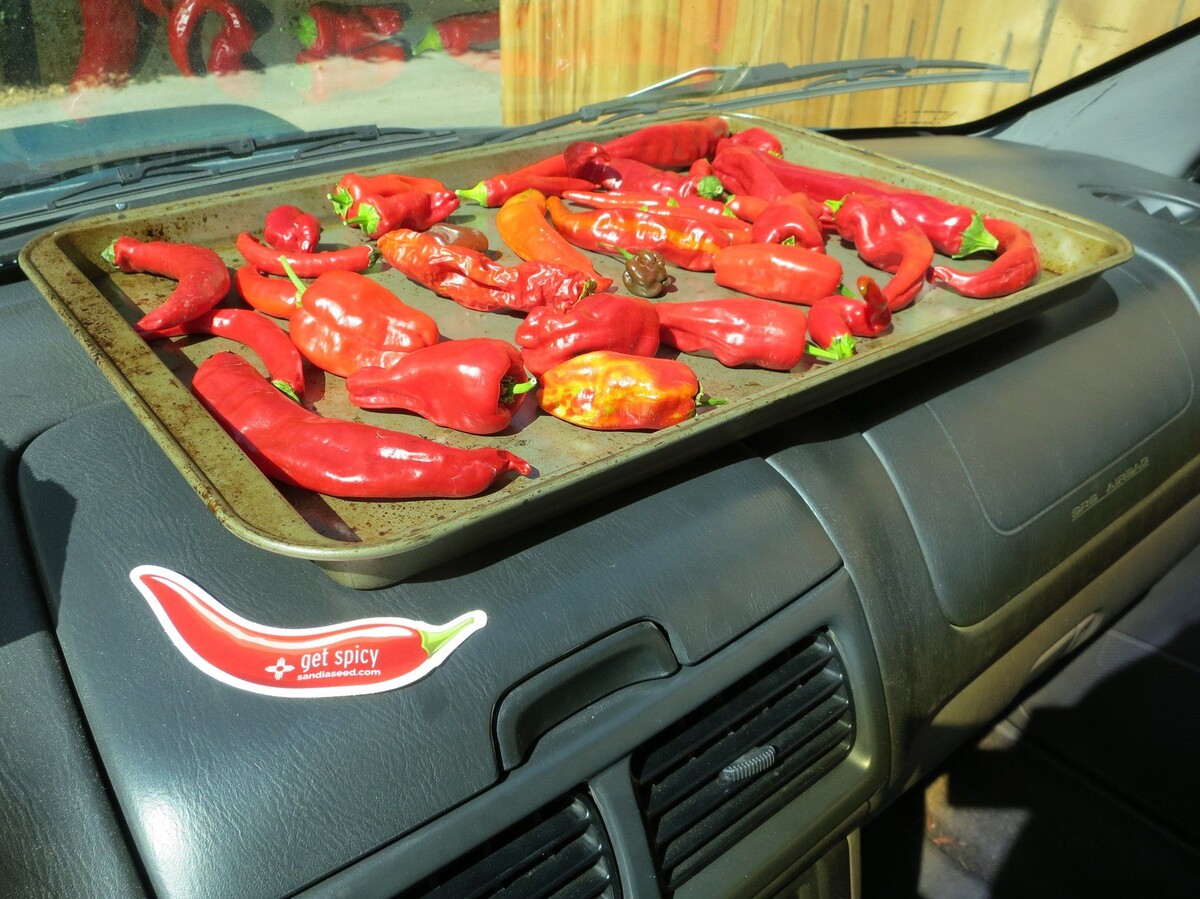
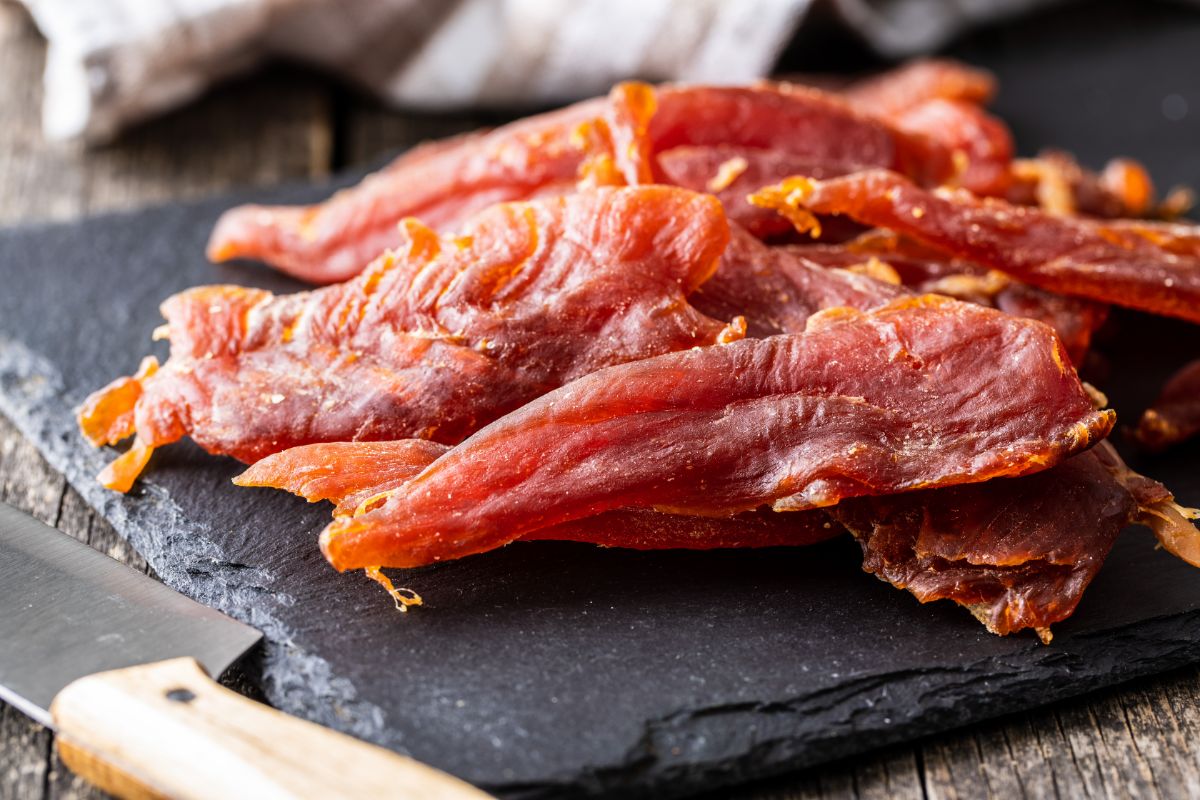
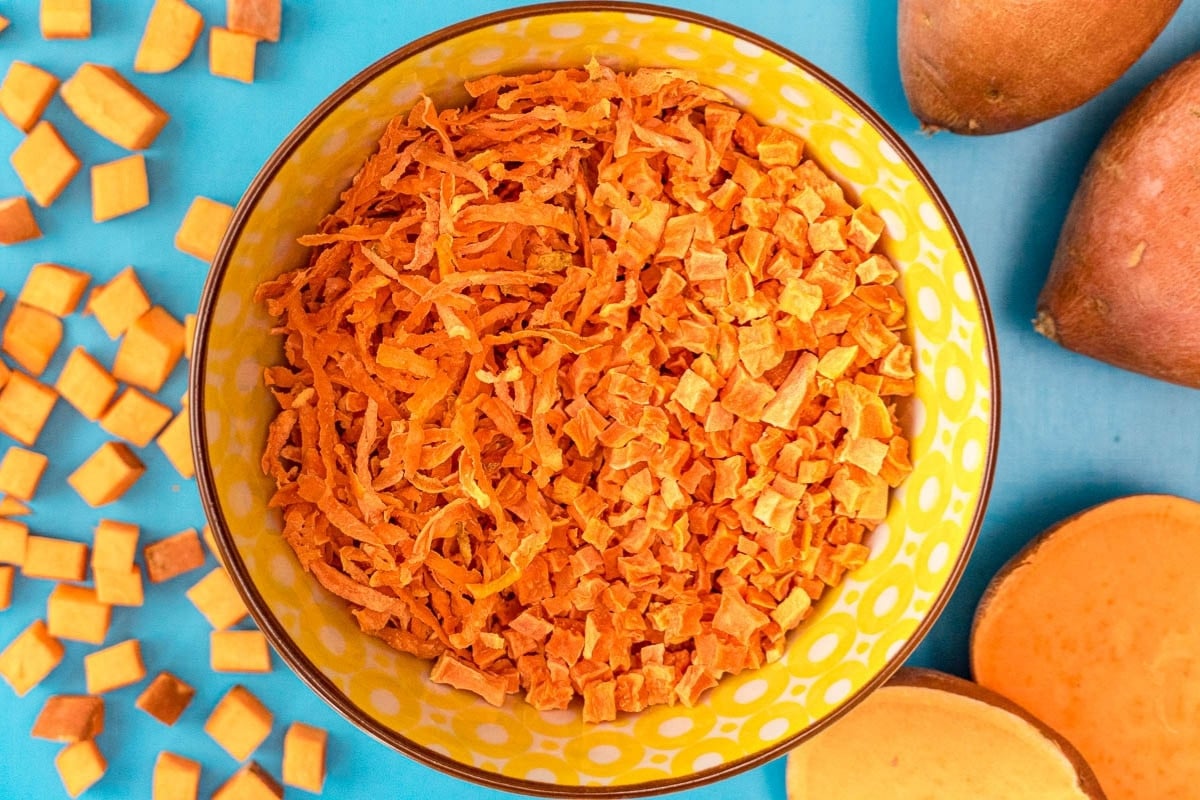
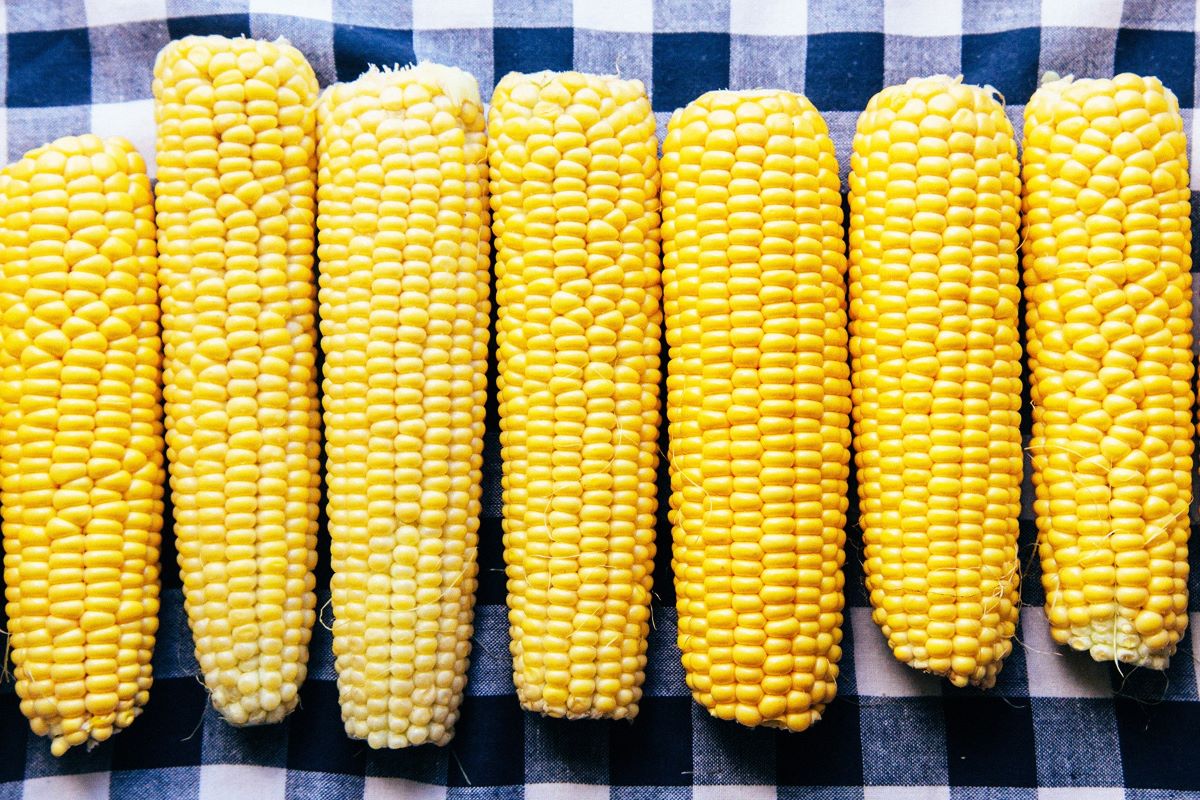
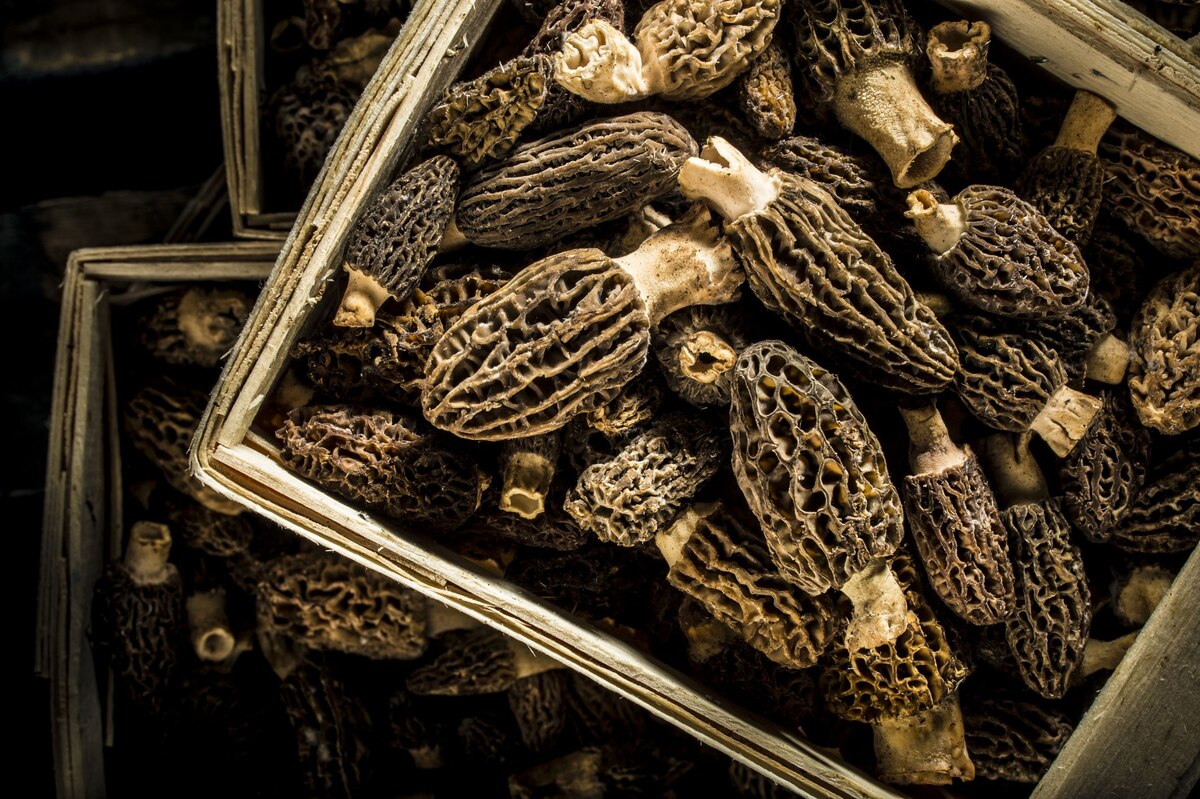
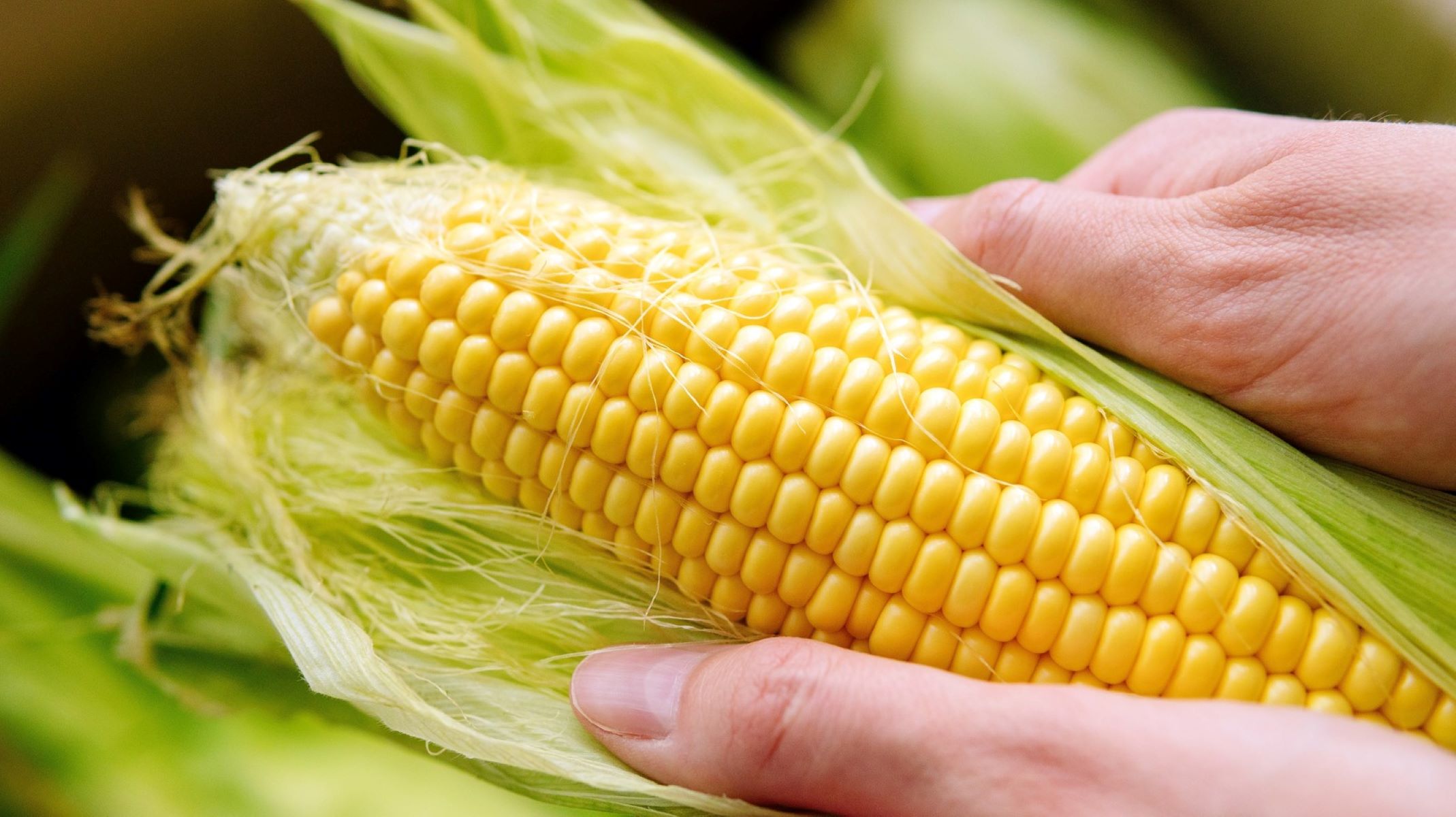
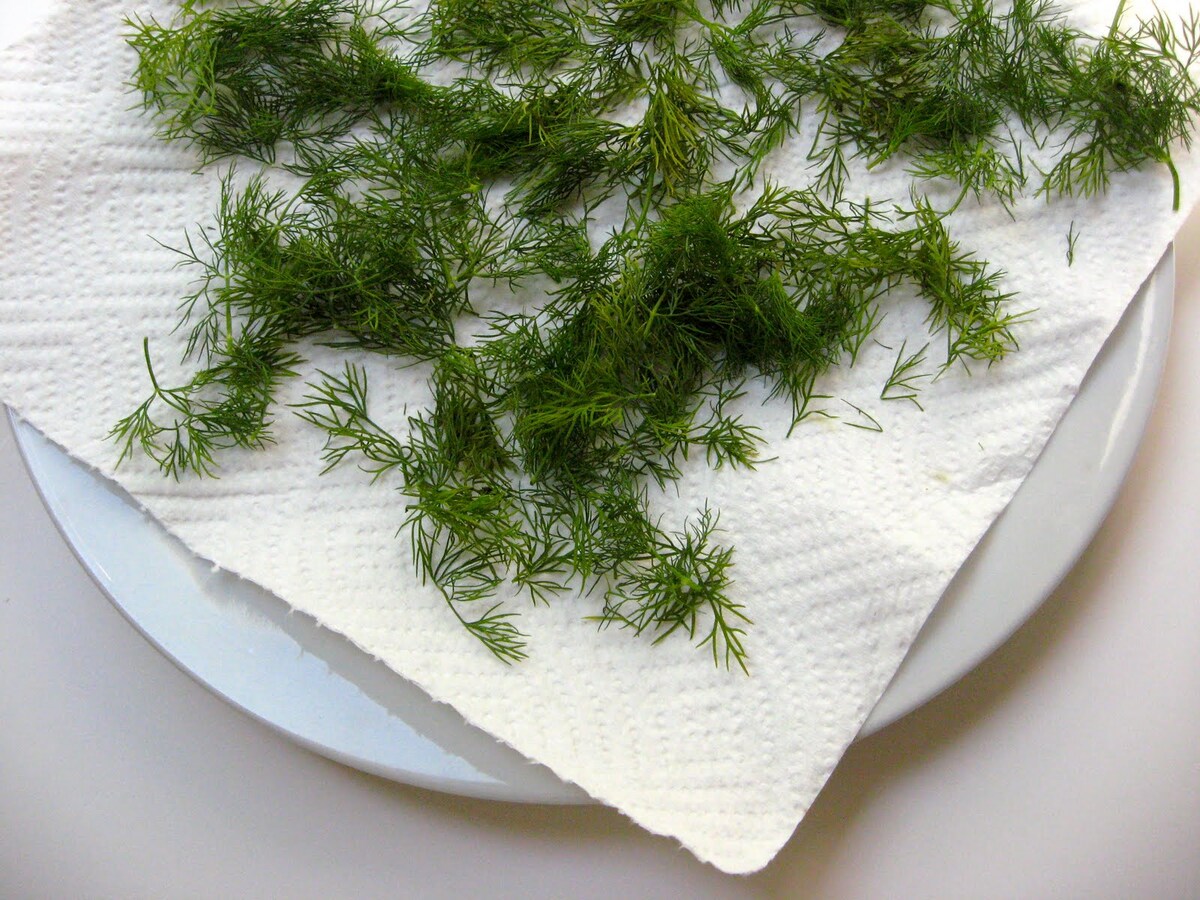
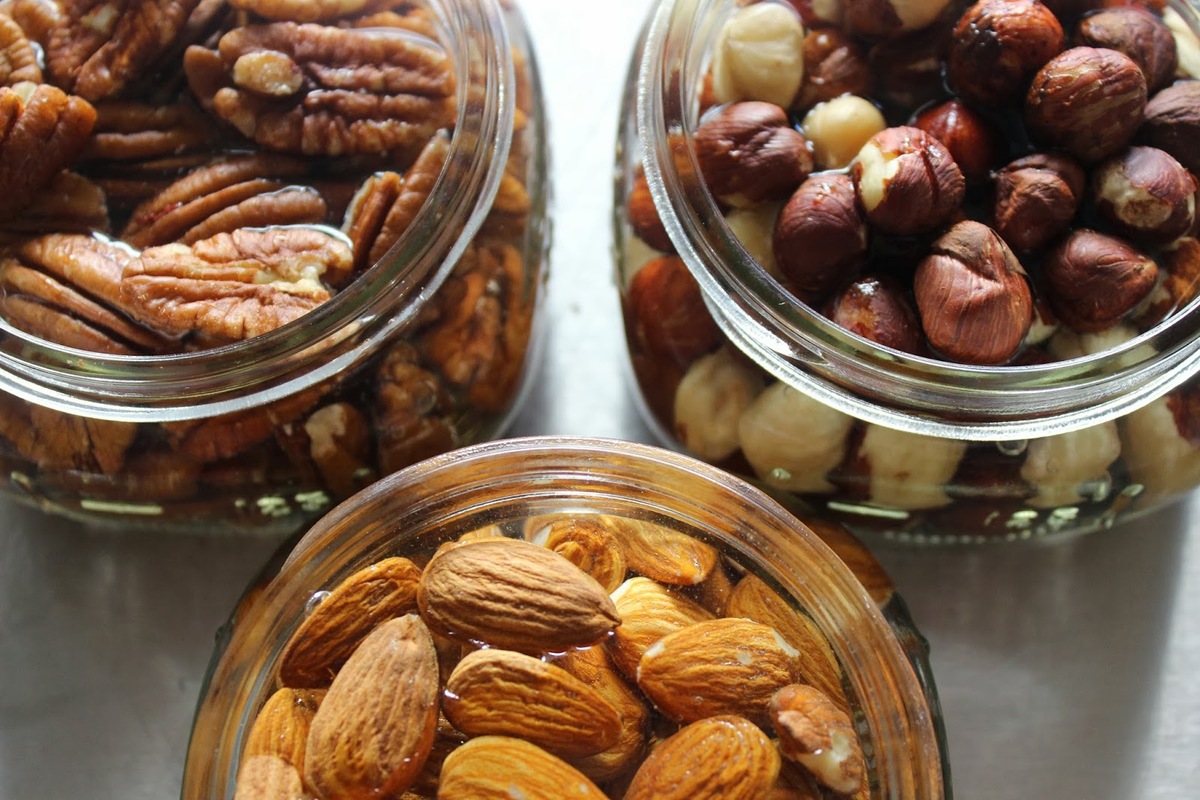
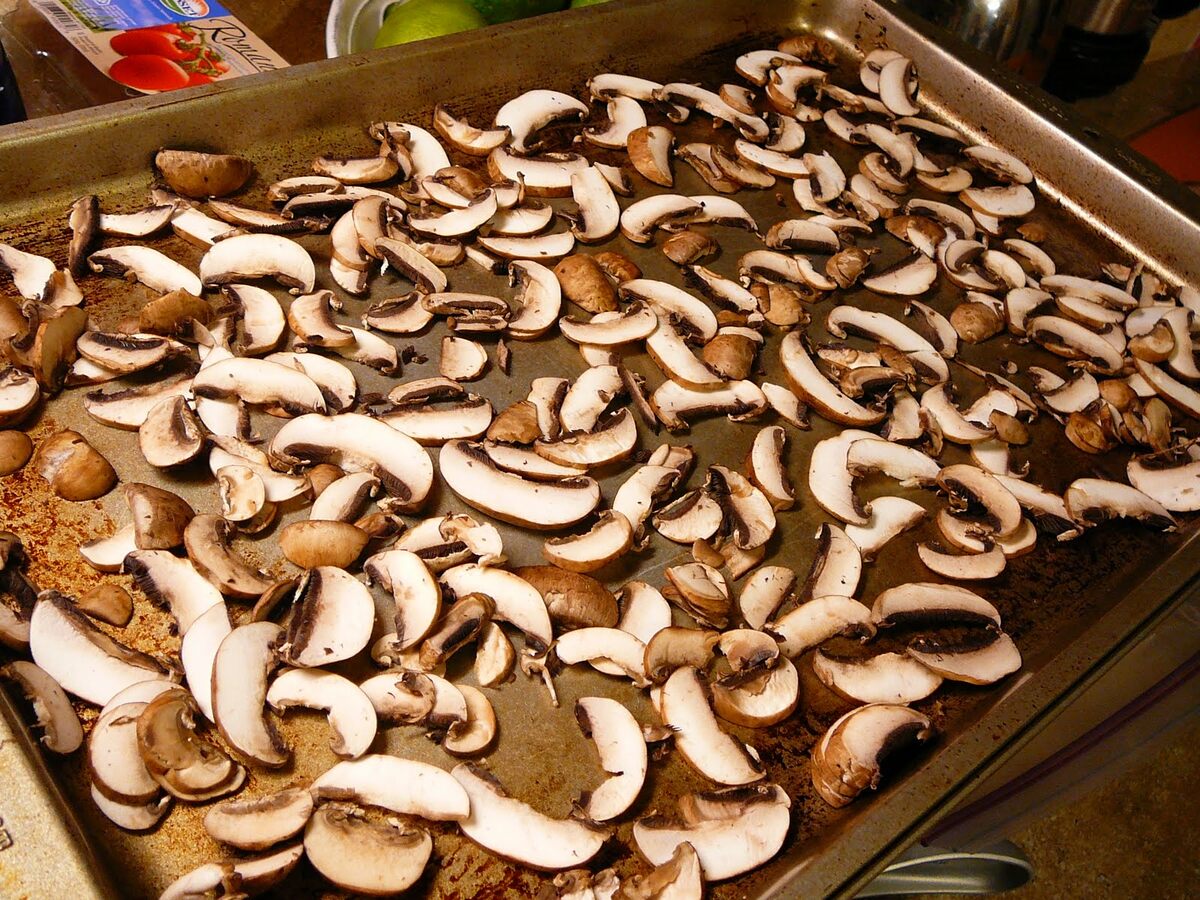
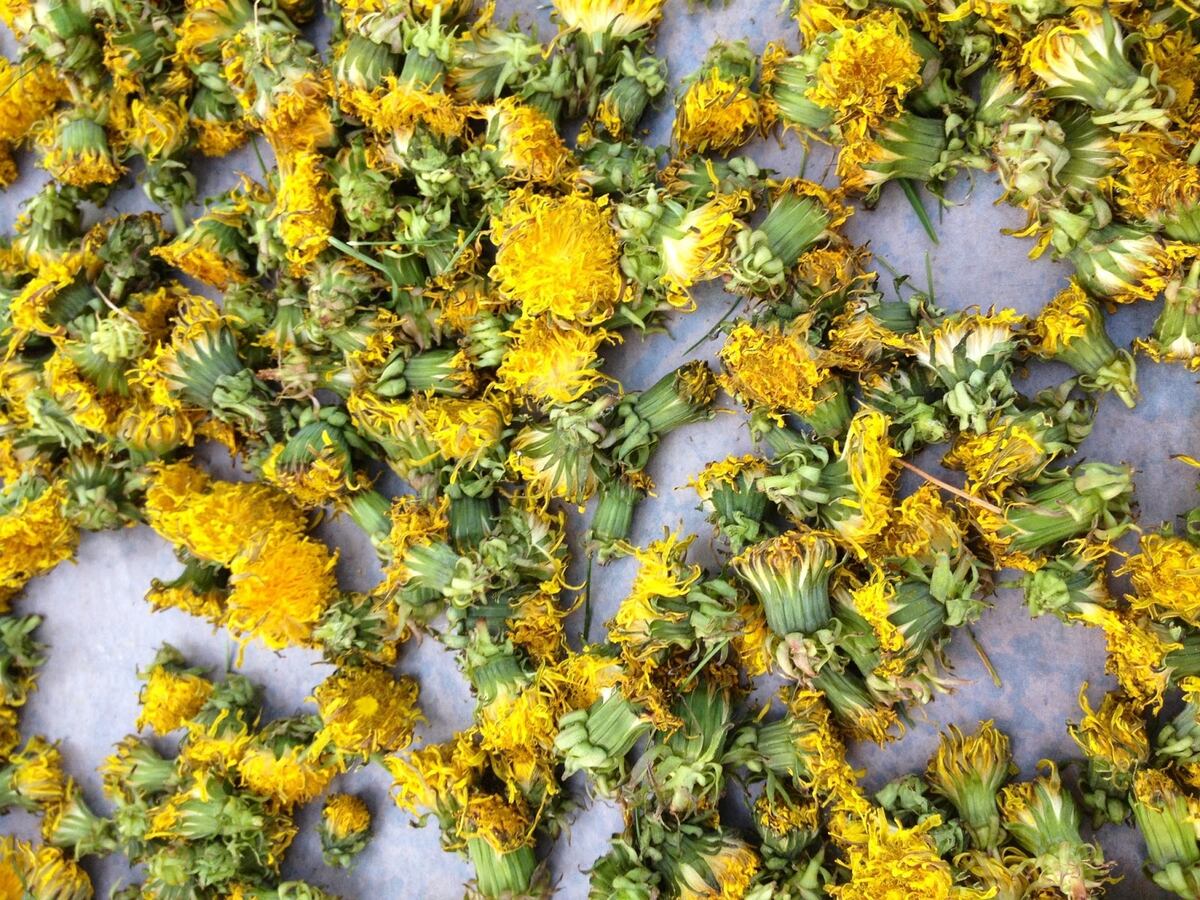


0 thoughts on “How To Dehydrate Corn Without A Dehydrator”